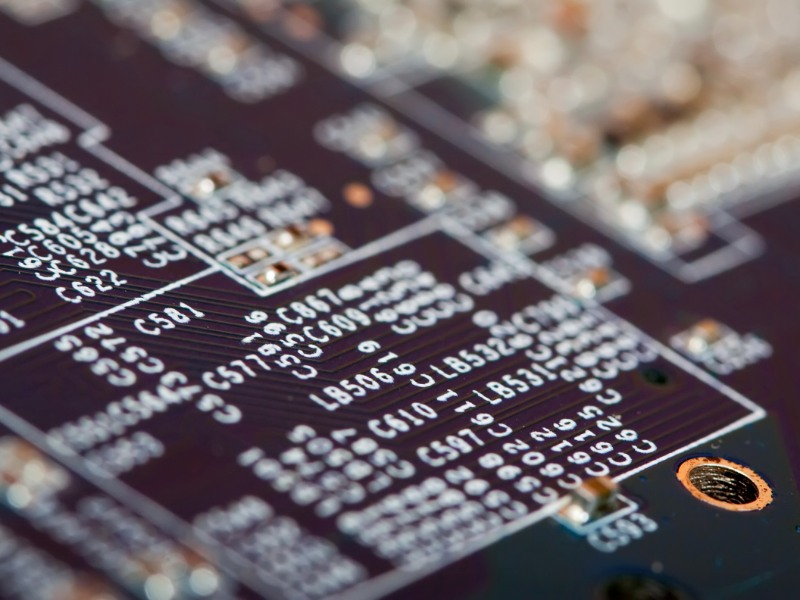- AMD’s Epyc 4005 CPUs deliver 6 to 16 cores for on-premise and hosting workloads.
- Designed for SMBs, the new chips improve memory speed and power efficiency.
What happened: AMD expands Zen 5 lineup with entry-level CPUs for SMBs
AMD has launched its new Epyc 4005 series processors, a cost-effective addition to its fifth-generation Zen 5 server CPU lineup. The chips are targeted at small and medium-sized businesses (SMBs) and hosted by IT service providers in 6-, 8-, 12-, and 16-core configurations. They use the same AM5 socket as AMD’s consumer desktop CPUs, which helps reduce deployment costs and hardware complexity. This entry-level line is designed to serve organisations with traditional on-premise workloads such as content management systems, HR and sales platforms, and Exchange servers.
The 4005 series succeeds last year’s Zen 4-based 4004 chips, offering improved memory speed and energy efficiency. According to AMD product marketing manager Dennis McQueen, the move addresses a market gap where AMD had previously underserved smaller hosting and business customers. AMD also confirmed that vendors including Lenovo, Supermicro, MSI, and Gigabyte will support the new chips. U.S.-based Vultr is the first to announce immediate availability of bare metal and cloud compute instances powered by the Epyc 4005 series.
Also read: AMD surges on AI server chip demand despite embedded slowdown
Also read: AMD acquires ZT systems for $4.9bn
Why it’s important
The Epyc 4005 chips give SMBs access to efficient, high-performance processors at a lower cost. They provide faster memory and better energy efficiency than the 4004 series, according to Bob O’Donnell, president of TECHnalysis Research. He said the new CPUs are ideal for companies still running older servers.
AMD also highlighted the chip’s suitability for virtualisation, e-commerce platforms, and AI-enhanced workloads. Vendors such as Lenovo, Supermicro, MSI, and Gigabyte are supporting the new series. After strong uptake from European providers last year, AMD is now seeing growing interest from partners in the U.S. and Asia.

